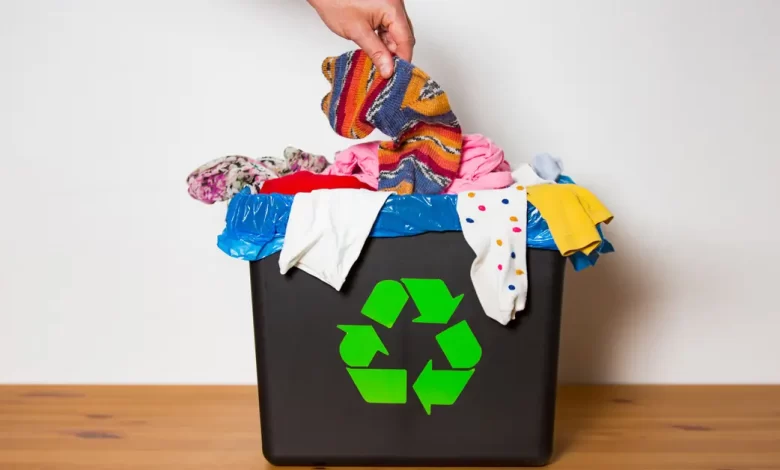Significance of Textile recycling in fashion industry:- Fabriclore

The 3Rs, which stand for “reduce,” “reuse,” and “recycle,” are well-known guidelines for reducing waste and improving environmental outcomes.
Circular fashion is based on these three principles, and it has recently become a hot topic in the fashion industry as we look for solutions to the problems caused by the linear textile economy and its never-ending cycle of waste.
With the growing popularity of circular fashion principles, there has been a heightened focus on the fourth “R” — recycling — in the belief that creating new clothing from used ones will help to ease the fashion industry’s waste crisis and lessen our reliance on virgin fabrics. Numerous companies, both big and small, have publicized their commitment to sustainability by highlighting their use of recycled materials and circular design principles.
The concept of circularity can help the fashion industry become more eco-friendly. The 3Rs list “recycling” as its final option for a reason, and solutions that are both expensive and technocratic often have unintended consequences. Now, let’s discuss the significance of textile recycling for the future of sustainable clothing production.
In what ways do old clothes reuse?
What we mean when we say “textile recycling” is much broader than we think. Cathryn Anneka Hall of Anneka Textiles defined textile recycling as the three practices of reusing clothing, upcycling (repurposing an old item), and textile-to-textile recycling.
Simply put, textile recycling is the practice of reusing textiles that have outlived their usefulness rather than throwing them away.
Downcycling is a subset of recycling in which a textile has broken down and repurposed into a product of lesser value. One potential use for shredded clothing is as an insulation filler. Even though downcycling still helps keep trash out of landfills, it is not as effective at recovering money from old clothes. As textile recycling has the value of the textiles it diminishes during the process.
Transforming an old item into a new one
Most people immediately think of textile-to-textile recycling when they hear the term “textile recycling”. A garment or piece of cloth that has “recycled” when its fibers have separated out and taken into making something else.
Textile-to-textile recycling, however, has the lowest recycling rate when compared to re-use, upcycling, and downcycling. Only about one percent of manufactured clothing have recycled into new garments. As stated in the widely cited 2017 New Textiles Economy Report. The majority of recyclables have turned into low-quality products like insulation, rags, and upholstery fill.
Types of Textile Garbage
There are two types of textiles waste used in recycling operations: those collected from consumers and those collected from businesses. The term “pre-consumer textiles waste” refers to the materials that have removed during the design and manufacturing of a garment. Prior to it reaching the end user. Fabric remnants from clothing factories, for instance, has often thrown away because they are considered insignificant.
Garments with minor flaws that did not sell well are also included in the pre-consumer textiles waste category. As are those that did not sell at the end of the season due to overproduction.
When an individual no longer has any use for an item of clothing, the item has considered post-consumer textiles waste. Increasing consumption and the disposable fashion culture encourage us to buy, wear and move on to the next trend. These are major contributors to the world’s growing textile waste.
This piece will concentrate on the type of textiles recycling. That allows us to make new products from previously used materials, as opposed to reusing or upcycling.
Presently several fabric manufacturers or textile suppliers started to take initiative toward making sustainable production. They are making the environment secure and trying to make wholesale fabric rather than in small units.




